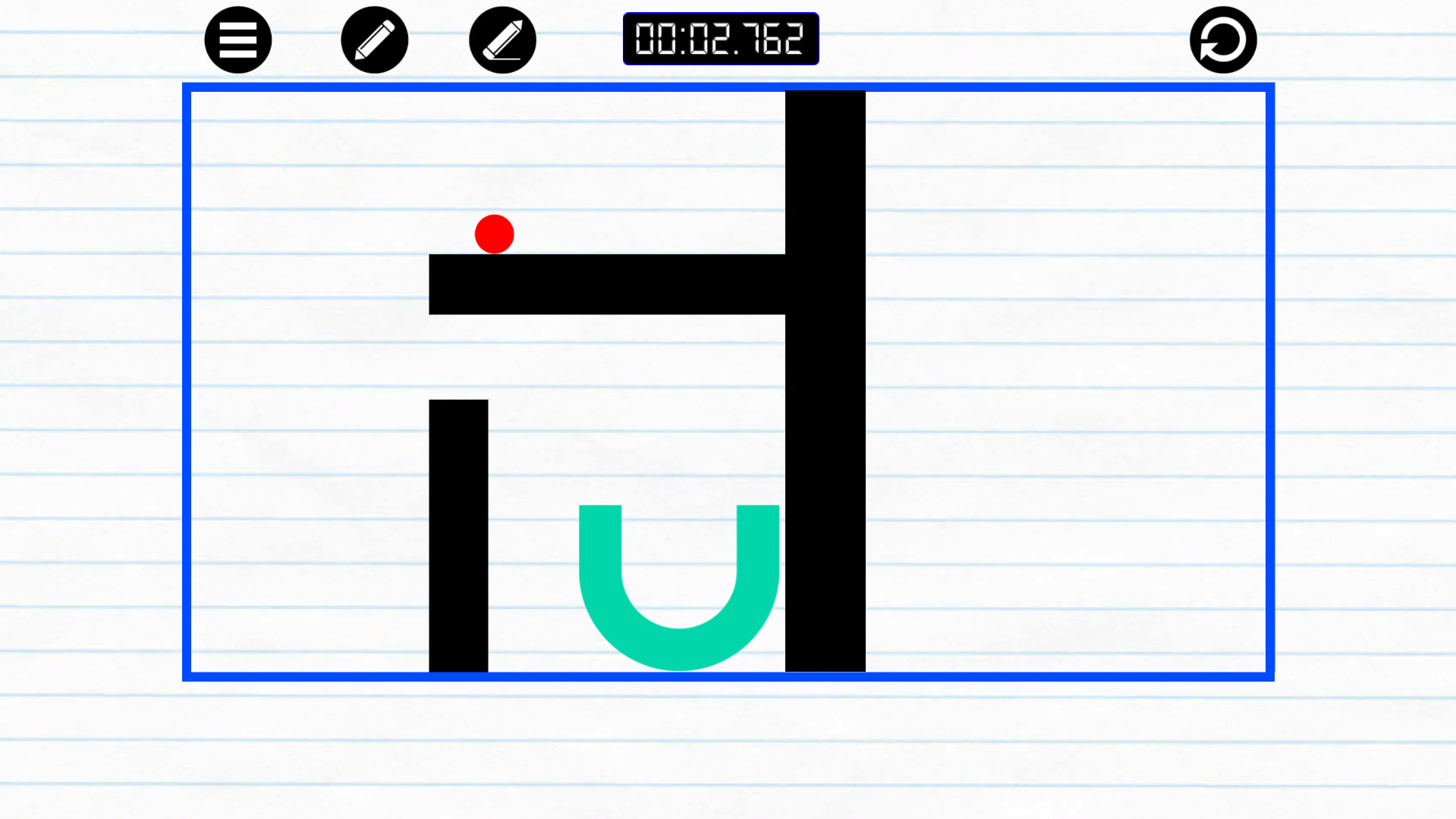
Every day, each of us observes a great variety of objects and phenomena. The physical universe is enormously complex in its detail.
#PHYSICS DROP LEVEL 37 CODE#
Within the Regulations and Code of Practice for Taught Programmes.Figure 1.2 The flight formations of migratory birds such as Canada geese are governed by the laws of physics. The Board of Examiners will take into account any exceptional circumstances and operates For appropriate assessments, if you have self-certificated your absence, you will normally be required to complete it the next time it runs (for assessments at the end of TB1 and TB2 this is usually in the next re-assessment period). The Board considers each student's outcomes across all the units which contribute to each year's programme of study. The Board of Examiners will consider all cases where students have failed or not completed the assessments required for credit. See the University Workload statement relating to this unit for more information. Independent learning and assessment activity. Your total learning time is made up of contact time, directed learning tasks, For example a 20 credit unit will take you 200 hours PHYSM0032).Įach credit equates to 10 hours of total student input. Search for the list by the unit name or code (e.g. If you are unable to access a list through Blackboard, you can also find it Sometimes there will be a separate link for each If this unit has a Resource List, you will normally find a link to it in theīlackboard area for the unit. Summative assessment will consist of a mini-project (100%) consisting of a copy of the student's computer program and a structured technical report (maximum 2000 words) reviewing the results obtained using it.



Parallel computer architectures memory access and memory sharing CPU versus GPU based systems and heterogeneous systems.

The course is aimed at students with a working knowledge of either the C (C++) or Python programming languages. This unit is designed for students with an interest in computational methods who wish to learn the basics of parallel programming, and parallel computational methods for physics. Units you may not take alongside this one Units you must take alongside this one (co-requisite units) Level 6 unit in computing, either PHYS38012: Computational Physics, or PHYS30009: Introduction to Computational Physics, or equivalent. Units you must take before you take this one (pre-requisite units) We may also make changes to the structure of programmes and assessments to improve the student experience. Please note: Programme and unit information may change as the relevant academic field develops.


 0 kommentar(er)
0 kommentar(er)
